ITIL 4 Managing Professional Certification Course: Drive Stakeholder Value (DSV) - Onboard and offboard Customers and Users
1. Onboard activities
Onboarding:
- All the activities necessary for a service consumer to start using the service and a service provider to be ready to deliver the service
- Occurs after an agreement but before consumption
Typical activities:
- Building awareness among stakeholders
- Ensure resources are ready for service provision
- Ensure customers and users are ready to use
Not only a set of activities for the service provider, the consumer should have an active role
| For the service consumer | For the service provider | |
| Facilitate outcome and experience | To ensure a better return on investments through effective use of services To improve user experience To increase the effectiveness and efficiency of business operations through the effective use of services To maximize value from cooperation with new service providers |
To maximize value from cooperation with new service consumers/customers/users To improve perception of the new services and the service provider in general To increase customer and user loyalty and engagement |
| Optimize risk and compliance | To decrease the probability of user incidents and questions related to new services and users To decrease the duration of transition times to new services/providers |
To decrease the probability of incidents and associated breaches in service quality To prevent/decrease user resistance to new services and/or service providers |
| Optimize resources and minimize costs | To reduce the costs and losses associated with the transition to new services/providers To optimize the cost of user training To optimize the costs of user support |
To reduce transition costs To reduce user support costs To optimize onboarding costs and overall resource utilization |
2. Planning onboarding
2.1 Onboarding goals
Service provider and stakeholders should define, agree, and build awareness around onboarding goals and measure outcomes. Example: migration of consumer to service, migration of in‐house service to 3rd party cloud platform, increase in user numbers, switch of suppliers…
Once goals are agreed, actual onboard planning begins: an activity of the service provider but service consumer is informed, consulted and responsible (perhaps) for specific activities (RACI)
2.2 Onboarding scope
| Onboarding scope for customers | Onboarding scope for users |
| New service consumer organization | New user to start using services |
| New customer, existing organization | Existing user to use new services |
| New services for existing customer | User switching to new service version |
| Migration of service consumer from another service provider | Migration of user between services (e.g. when changing job role) |
| Migration of service or product from another service provider | Could involve very large number of users in some circumstances |
2.3 Onboarding actions
| Service consumer resources | Service provider | Service consumer | Partner/supplier |
| Organization & people | Training; contact / support interface; access to service; required warnings; governance established | Study training; agree to new responsibilities; roles/teams defined to optimize consumption; organizational change mgt | Provide training materials, access to service review/updated as needed |
| Information & technology | Information systems updated; data migrated; perform configuration; deploy monitoring… | Grant access to service provider; integrate with service provider; remove duplicate systems; set up data exchanges | Changes to services affected; similar actions of the service consumer |
| Value streams & processes | Actions defined/agreed; process improvement | Org processes updated for service consumption; optimize value streams; remove redundancies | Roles assigned/agreed; process consulting |
| Partners & suppliers | Grant access; decommission | Contracts updated; redundant contracts cancelled; new requirements communicated | Contracts renewed |
User onboarding is part of the user experience:
- Remember DIVERSITY implications
- Remember users may require a great deal of attention (use four dimensions to ensure elements are covered)
Consider:
- Online tutorials, formal training, videos; superusers
- Communication: posters, manuals, mentoring
- Team building, organizational change management
- Contact lists for support
2.4 Onboarding control
|
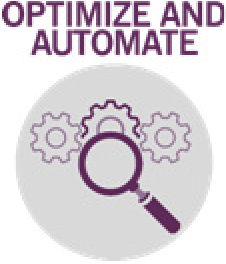
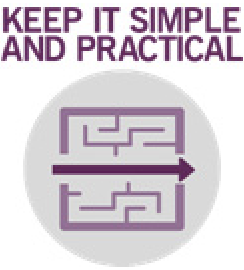
|
3. Relating with users and fostering relationships
Some services have very little user interaction – e.g. data storage Many services have active, frequent, important user interactions (user experience is a critical factor for service success) Poor user experience (UX) can lead to:
Consider UX at every stage of the customer journey even if customers do not ask for this and users don’t influence procurement |
 |
3.1 Corporate users
Be aware of resistance, users are typically the last to know a change is coming in the service delivery
Prevent resistance:
- User experience
- Including the user in the plan, design, develop, test phases
- May need to include other departments (HR, legal, financial…)
Communication is key: use corporate social networks, empower the service desk to relay information/answer questions, provide status…
3.2 Individual users
| Journey steps | Challenges | Possible solutions |
| Explore | Don’t know/don’t express needs and expectations | Marketing and sociological surveys, safe to fail experiments, marketing campaigns |
| Engage | Too many users to engage with, regulatory constraints | Advertising, social media influencers, user groups, direct marketing, context marketing based on data |
| Offer | Too many consumers, need simple/fast interfaces, regulatory constraints, need simple language | Service catalogues, contracts and agreements with user friendly plain language. Mobile apps |
| Agree | Too many consumers, need simple/fast interfaces, regulatory constraints, need simple language | Automated contracting, digital contracts, integration with electronic payments, automated due diligence |
| Onboard | Varying skills/backgrounds, need simple fast onboarding | Automated introduction and training. Well-tested instructions and procedures, user support resources |
| Co-create | Varying skills/backgrounds/languages, social media exposure | Online presence, interfaces optimized for user skills, multi‐channel support |
| Realise value | Many consumers, low impact of each individual, impossible to fully interact with all, varying expectations | Automated quality monitoring, social media monitoring, loyalty metrics (such as Net Promoter Score (NPS)), automated experience metrics, support channels for service assessmen |
4. User engagement and delivery channels
Users use many channels to interact with the service provider (Social media, chatbot, chat, telephone, email, self‐service portal, walk‐in…)
May report an incident on one channel, then move through others:
- This is called omnichannel management
- Service provider must make this a seamless experience
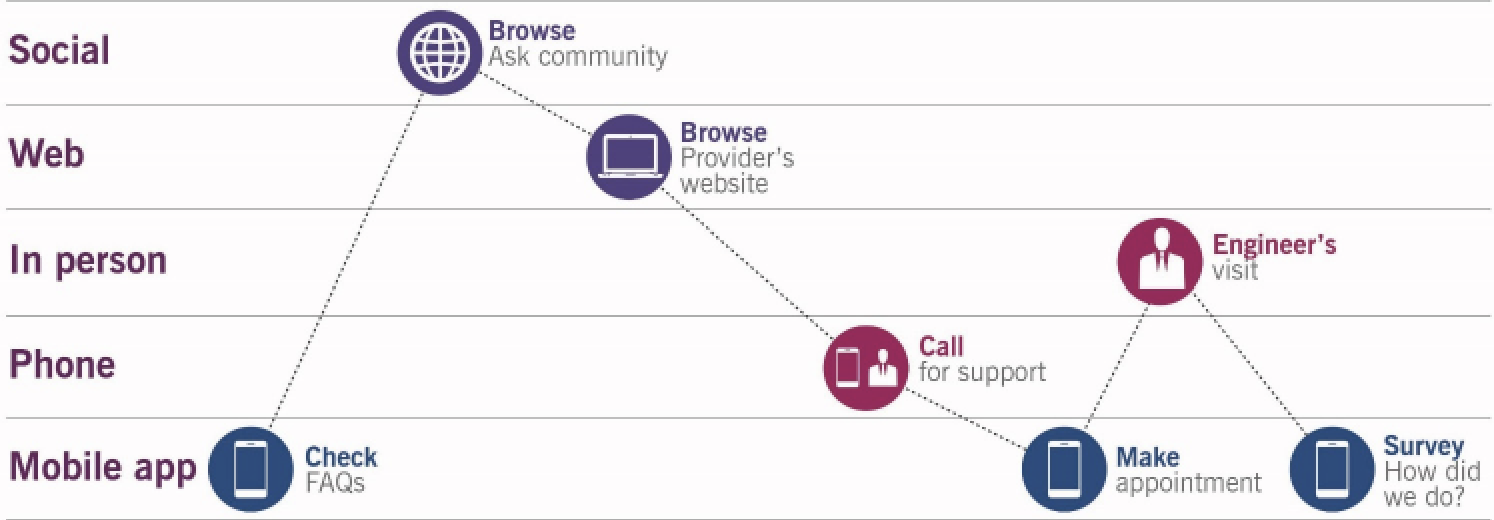
4.1 Types of channels Shift-left moves activities left (earlier in the lifecycle); support could move from the provider to the consumer (self-service, self help, social media…) Expectations of corporate support based on personal technology uses (phone, PC, and social applications): can use video capabilities of personal devices for remote support Machine learning (ML) for automated user support:
Many users would prefer to deal with a human (must keep that functionality) Monitoring and event management promote automated self‐healing |
 |
| Approach | Example challenges | Example solutions |
| Shift-left, self-service | User skills, knowledge base navigation | Assess user skills, test all self-help, improve information and tool quality |
| Social media support | Emotional, viral effect, unstructured, many channels, personal data issues, no formal records or integrated diagnostic tools | Train support agents, automate monitoring, integrate with support systems |
| Chatbots | Limited applicability, insufficient data, multilanguage support | Provide human backup, progress iteratively with feedback, continually increase data quality, monitor technology trends |
| Human support | Scalability, mistakes, cost | Invest in people, limit human support to where it is needed, consider peer-to-peer support |
| Video diagnostic | User device technical and regulatory constraints | Discuss benefits/risks/costs, ensure regulations are met, implement controls to prevent abuse |
5. Enabling users for service
Some services require specific user skills and rights:
- Driving license needed before a car can be hired
- Privacy training may be required before access to personal data
- Safety training may be required before access to specific services
To enable users:
- Get requirements from relevant stakeholders
- Apply actions caused by requirements
- Control execution
Continually check relevance of requirements
Checks that might be required before some services are utilized:
- Due diligence: criminal convictions, access levels etc.
- Use or safety training and certification
- Age control…
Enabling users is supported by:
- Management of access to services
- Presentation of the service catalogue and service request catalogue
- Onboarding and regular confirmation checks
- Agreements made with customers during offer and agree steps of the journey
6. Elevating mutual capabilities
 |
 |
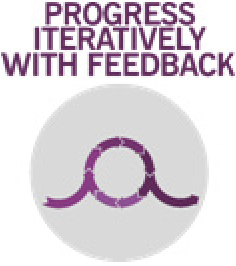 |
| Users should understand the purpose and context of their work and of service usage. They should be encouraged to offer improvements that may contribute to value cocreation | Improvement of experience should be based on current practices, habits and expectations. Radical changes in experiences are rarely seen as improvements and often resisted by users | Changes in services, procedures or experience should be tested and reviewed by users. Users should be encouraged to provide feedback; follow up should be transparent |
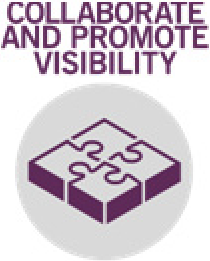 |
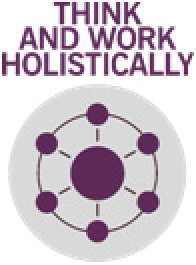 |
 |
 |
| Users should understand need for collaboration and help each other, the service provider, and other parties. Calling for help or reporting an incident, should be safe, easy and encouraged | Services and their role in value co-creation should be visible and transparent to all involved parties. Users should understand the context of their work and dependencies | User interfaces and interactions should be as simple and friendly as possible. Users should be able to propose improvements to the interface, and these proposals should be treated seriously and transparently | Continual optimization and automation of user experience should be a theme of all interactions between users and service providers |
Service consumers can also help the service provider to improve:
- Invite service provider teams to observe service consumer business:
- All teams, not just business analysts and service designers
- Demonstrate how services are used and impact on consumers business
- Involve service provider in change discussions
- Provide feedback at all levels of service relationship
- Contribute to user communities
- Where appropriate, form joint specialist teams to work together
7. Offboarding
Offboarding is very similar to onboarding
Approach should be planned as part of service design and adapted for specific initiative
Consider security in both user and customer offboarding
Offboarding and onboarding can happen at the same time:
- User changes job roles
- New service provider manages offboarding from old service provider (this is very common in banking, mobile operators, internet providers, etc.)
7.1 Customer offboarding actions
Customer off‐boarding at service agreement expiration or termination
Communication with all relevant stakeholders (users, suppliers, regulators...)
Handover any service provider resources for disposal or reuse
Revoke access rights (of both parties to each other’s resources)
Archive and retain records
Calculate and process exit payments
Closing relationship management actions (meetings, letters, etc.)
7.2 User offboarding actions
Communication about planned off-boarding and user responsibilities
Interaction with users requesting further information or support
Equipment hand-off to the service provider, or a representative
User access revocation or change
Records archiving and retention, if applicable
Maintaining formal off-boarding records
Relationship management actions relevant to the situation
Go back to ITIL 4 Managing Professional Certification Course: Drive Stakeholder Value (DSV) to finish this chapter or to the main page ITIL 4 Managing Professional Certification Course.
Interesting Management
-

Part 1: A good manager, better team motivation, better team productivity, better team results
When you are managing a team, “how to be a good manager” is the “must”...
-

Report optimization, increase your time management
As manager, I am doing many reports, even when I was an ITIL consultant, I still needed to do many reports...
-

Tools to get your ITIL intermediate certifications, the missing 15 points for the ITIL 4 Managing Professional
ITIL V3 is going to be obsolete...
-

The importance of the first customer meeting for the service
Managing an IT service when I start a new company is not an easy task, particularly true, if the service...



